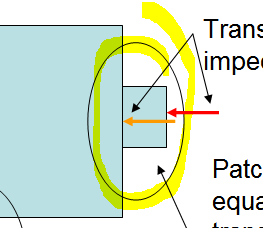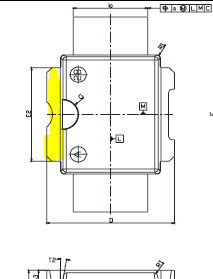adnan012
Advanced Member level 1
hi,
At page 6 of the data sheet Zin and ZDL is mentioned with arrows.
AT 2 G Hz
Zin is 0.45 + J0.99
ZDL is 0.99 - J0.90
I am confused when i compare these values to the obtained from ADS simulation. What is the meaning of Zin and ZDL in case of matching to 50 OHM.
Should I match Zin or conjugate of Zin to 50 0hm?
Should I match ZDl or conjugate of ZDL to 50 0hm?
At page 6 of the data sheet Zin and ZDL is mentioned with arrows.
AT 2 G Hz
Zin is 0.45 + J0.99
ZDL is 0.99 - J0.90
I am confused when i compare these values to the obtained from ADS simulation. What is the meaning of Zin and ZDL in case of matching to 50 OHM.
Should I match Zin or conjugate of Zin to 50 0hm?
Should I match ZDl or conjugate of ZDL to 50 0hm?



